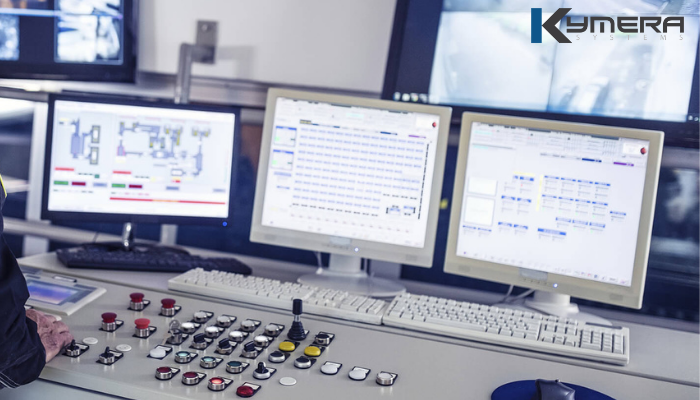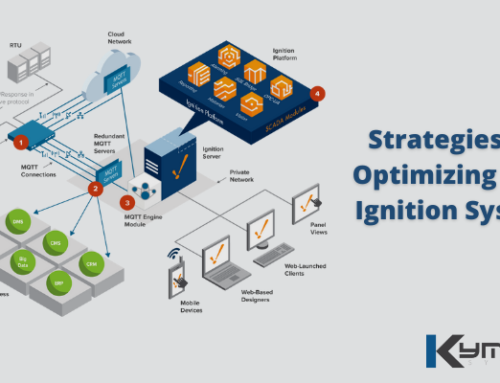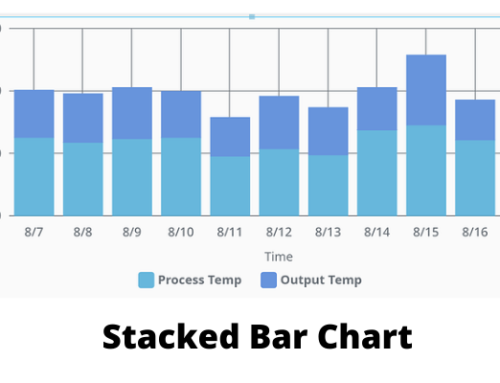What is an Alarm?
An alarm is defined as an event in which a person is notified with adequate time to prevent a shutdown activity.
Alarming Growth
Alarm growth is a natural consequence of the expansion of the information load in modern control systems.
Here are some characteristics that your alarming may be considered out of control:
• Many alarms during abnormal situation & during normal operation.
• High alarm loading rates such as alarm per unit time, alarms per operator, alarms per event, etc.
• Huge number of high priority alarms.
• Alarms going on/off regularly or intermittently.
• Lost count of the number of alarms.
• Operators do not know when the alarms were tested last.
• Large numbers of defeated alarms.
What is Alarm Rationalization? And how is it Performed?
Alarm Rationalization is a process where team of plant stakeholders review, establish, and document that each alarm meets the standard for being an alarm as set up in a company’s alarm philosophy documents.
Once the rationalization process is completed the alarm systems can be expected to provide significantly fewer alarm activations and fewer nuisance alarms. Because of this, an operator should become more effective in reacting to an alarming situation, which in turn will increase productivity, production and potentially save from failures resulting in people, property or environmental damages.
Alarm Rationalization is Key
• Alarm rationalization is the technical process of optimization of an alarm database for the safe and efficient operation of the facility.
• This process normally results in:
• A reduction of the total number of alarms
• The classification of alarms
• The validation of alarm parameters
• The evaluation of alarms
• The prioritization
• Evaluation of the alarm functionality
Alarm Rationalization Process:
The goal of a proper alarm rationalization process is to establish the minimum number of alarms necessary to keep the process safe and within normal operating conditions. The process validates potential alarms by assessing them in terms of the alarm criteria defined in the Alarm philosophy document.
The alarm rationalization process consists of the following steps:
• Check alarm validity.
• Determines consequence of inaction.
• Document cause, confirmation, and corrective action.
• Document operator response time.
• Assign alarm priority.
• Establish alarm attributes.
• Assess the need for special handling.
Alarm Validity Checklist:
• Does the alarm indicate a malfunction, deviation, or abnormal condition?
• Does it require a timely operator action to avoid defined consequences?
• Is it unique or are there other alarms that indicate the same condition?
• Is the alarm the best indicator of the root cause of the abnormal situation?
Alarm Rationalization Scope:
Alarm rationalization can be a resource intensive activity, facility personnel may try to limit its scope. However, only a full rationalization provides the benefits of optimal alarm configuration with dynamic alarming.
Benefits of Alarms Rationalization:
Completing the rationalization and implementation can result in three primary benefits:
Improved Productivity: Sometimes poor alarm system performance negatively affects operators and operations. It is one of the leading causes of unplanned down time & operators wasting time dealing with many alarms and the unrealisable information from difficult alarms. So, the alarm management helps to eliminate waste, improve processing quality, and increase productivity.
Increased Plant Safety: Alarm flooding impairs plant safety because of possible confusion when handling multiple difficult alarms in a short period of time. This helps provide a blueprint for effective alarms management and increased plant safety.
Improved Regulatory Compliance: Implementing an alarm system that applies standard help to ensure a comprehensive and effective alarm management program to support and assist process system operators.





